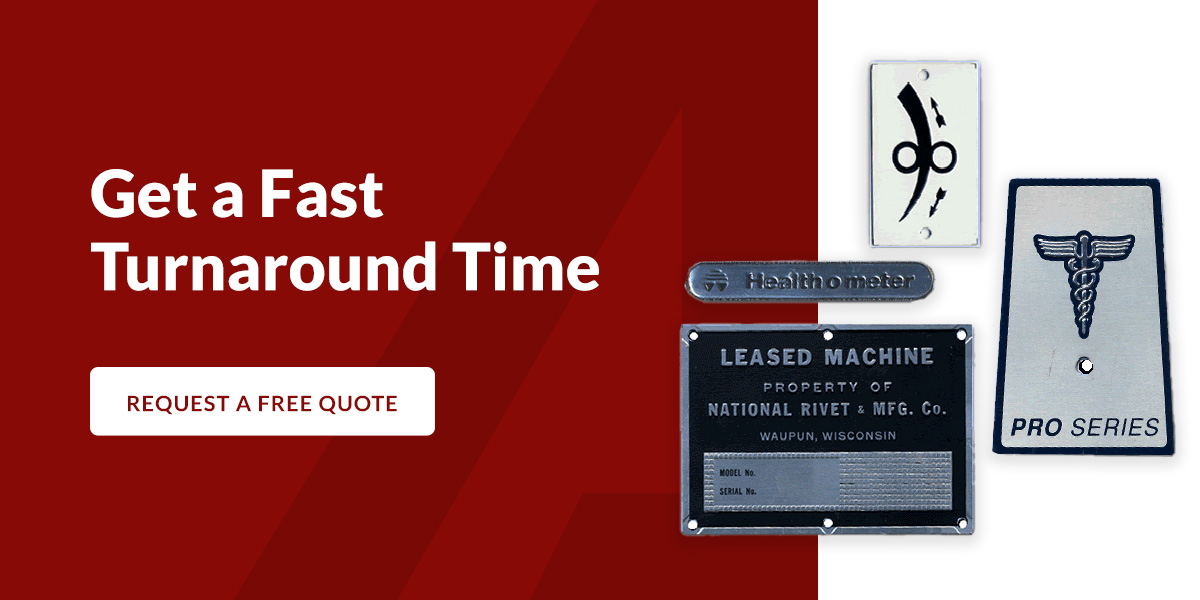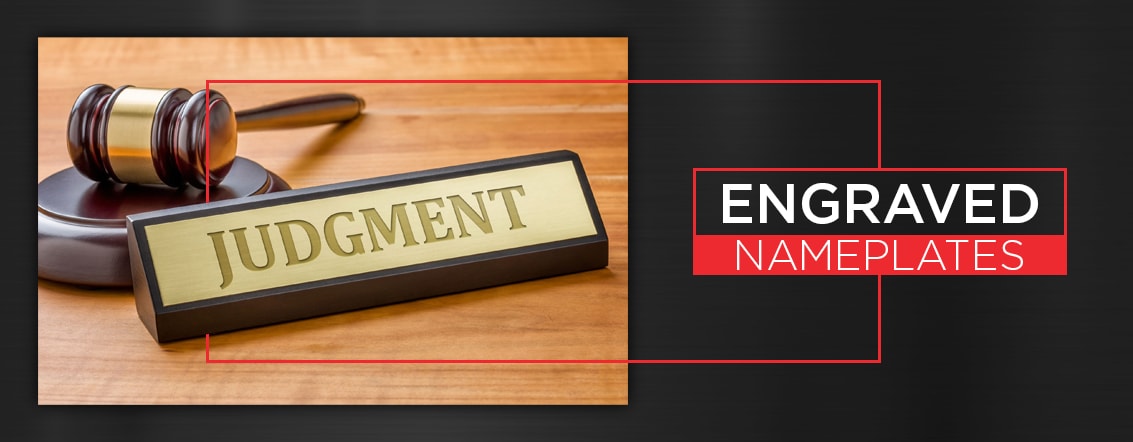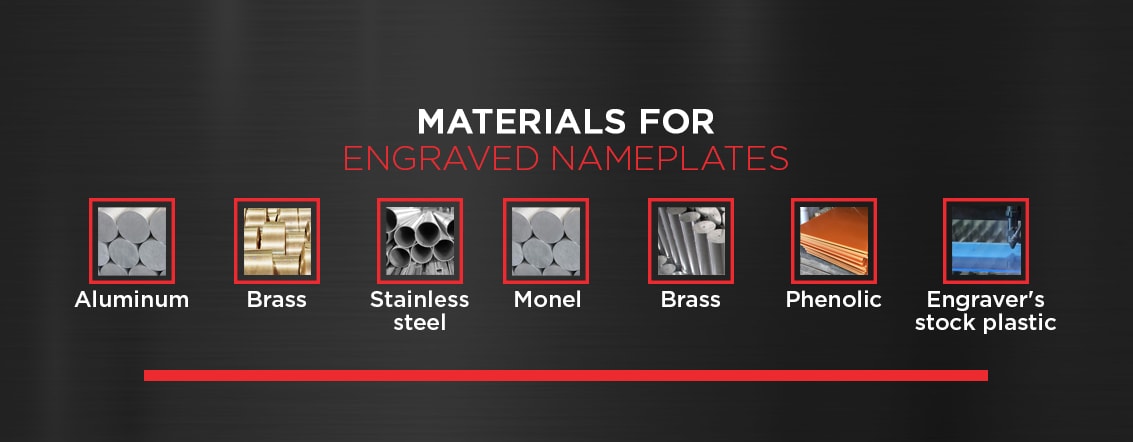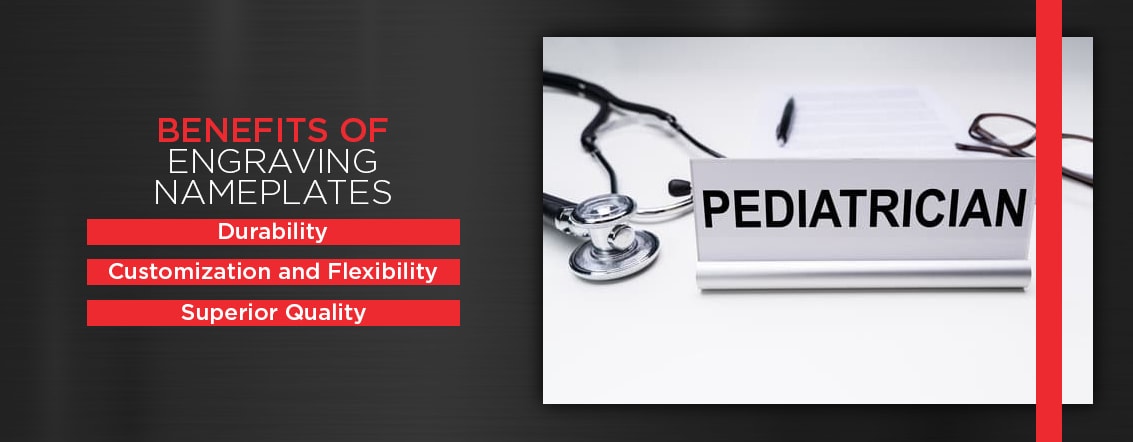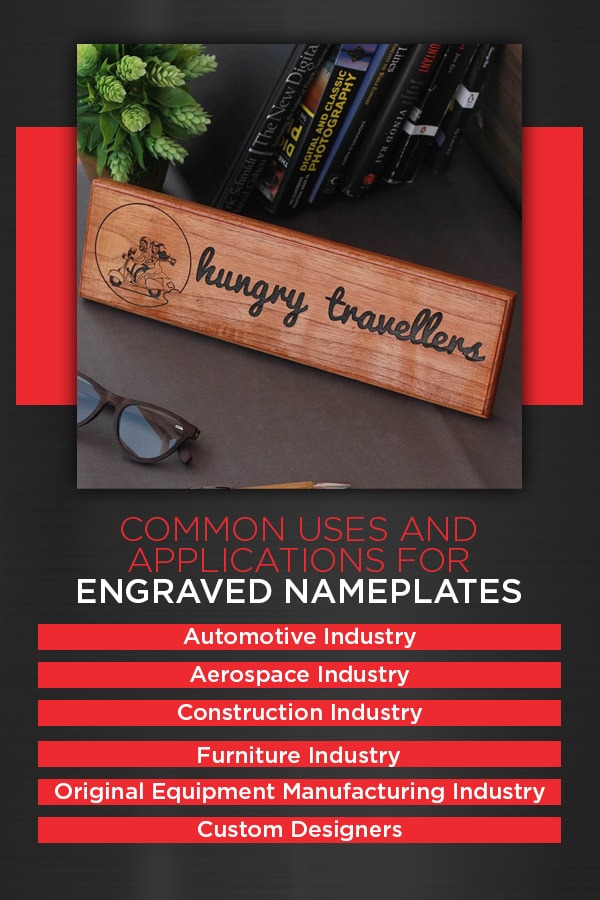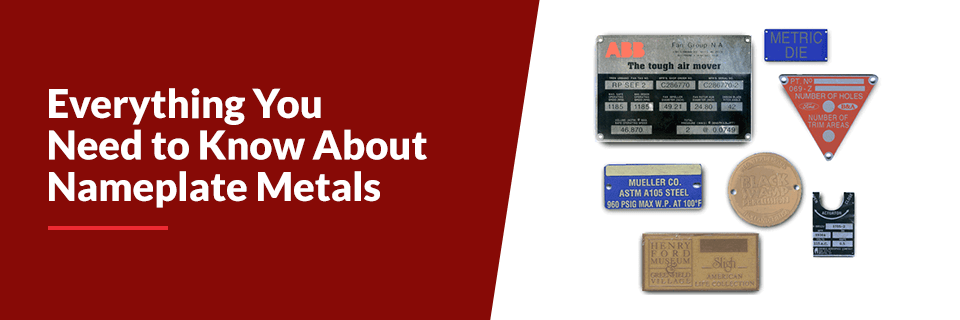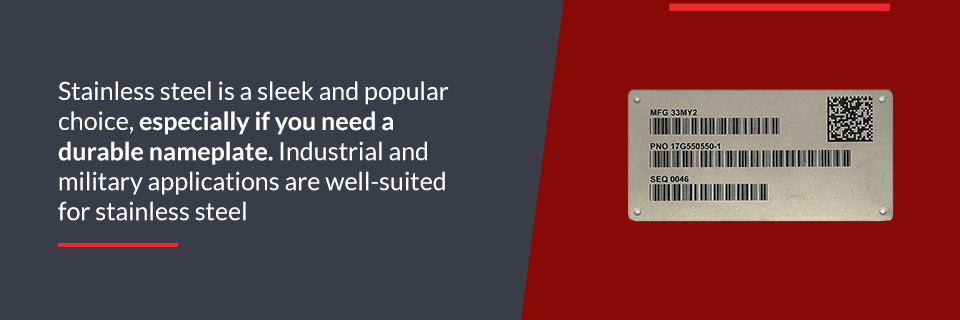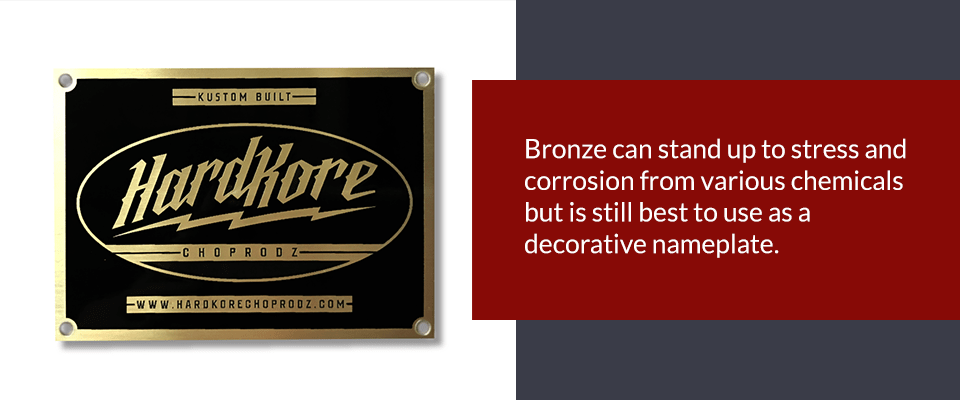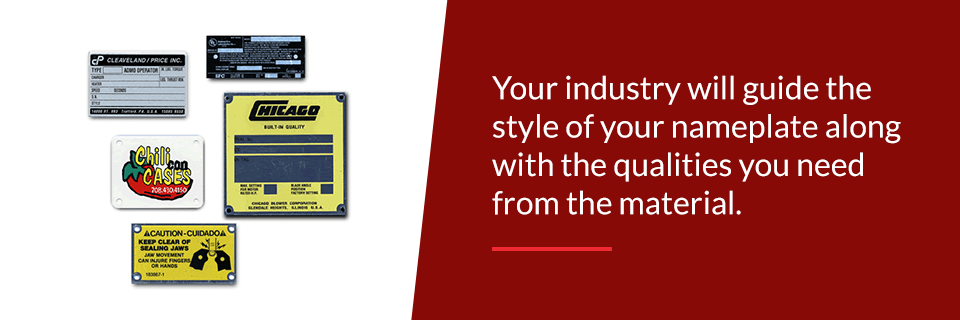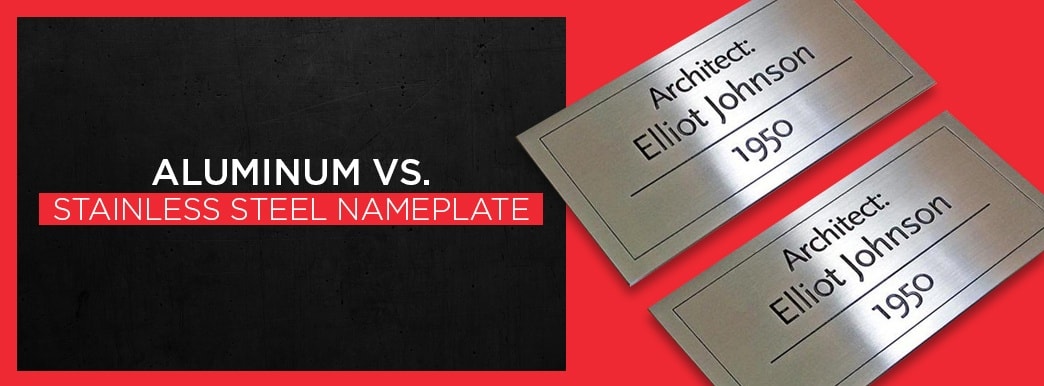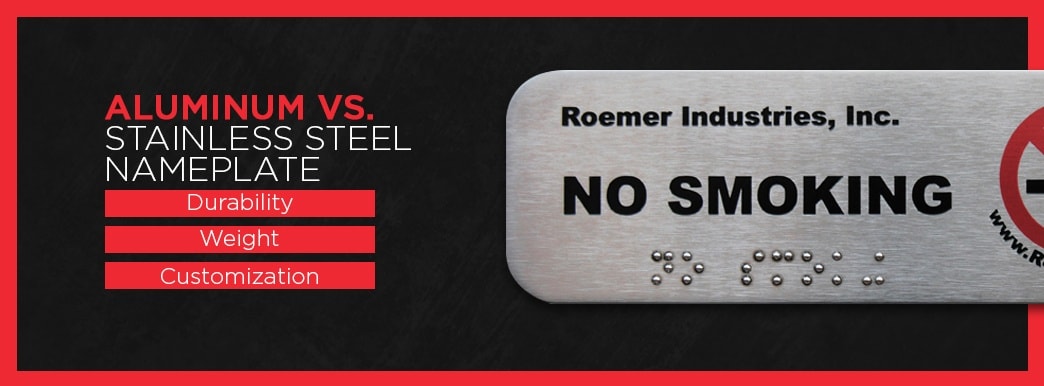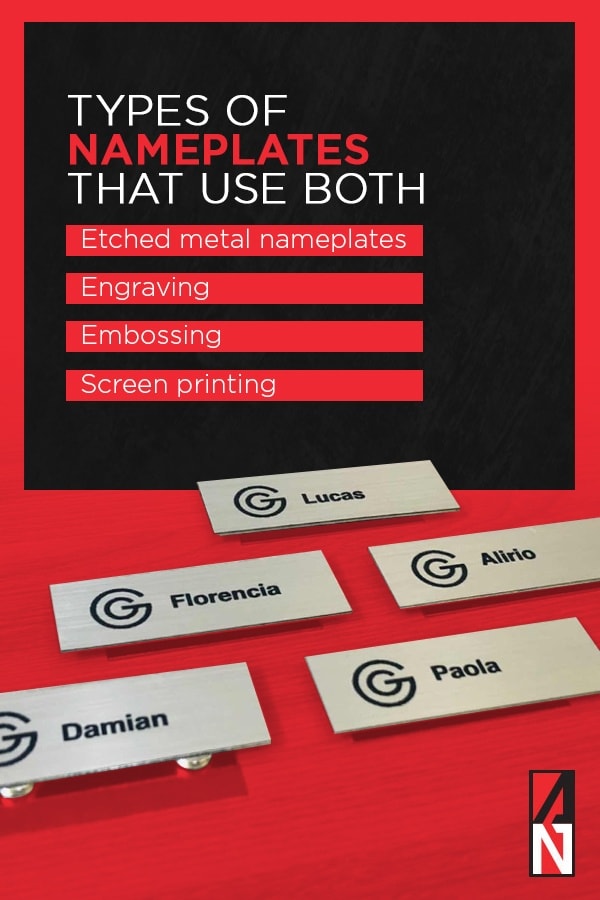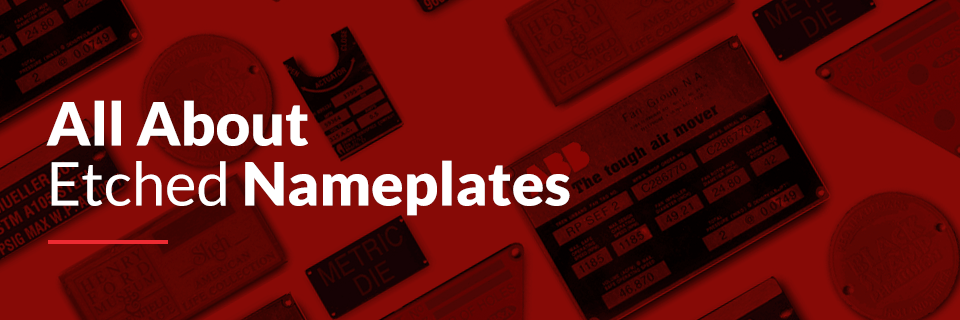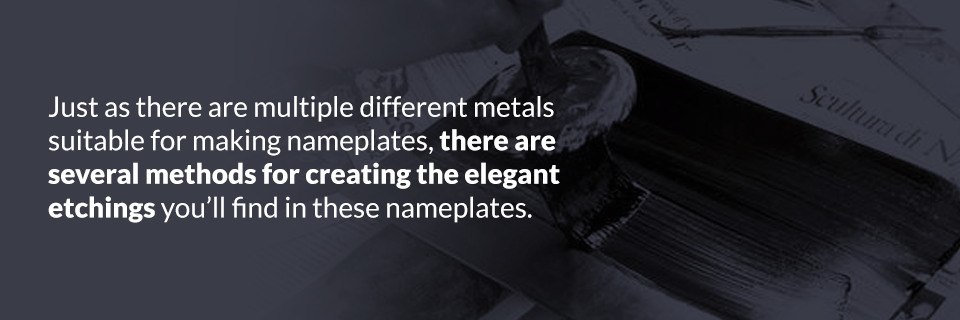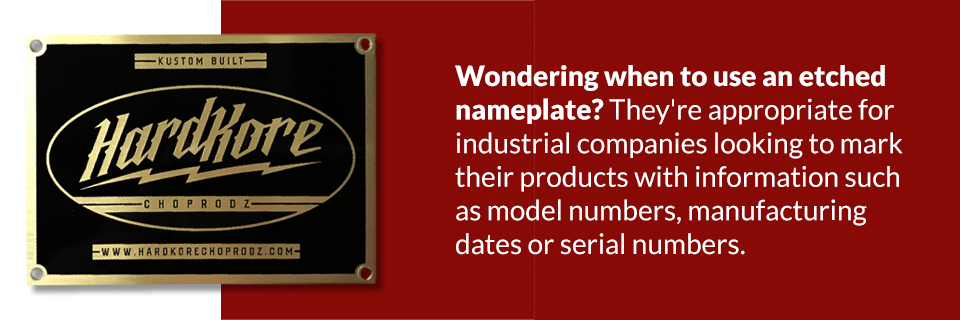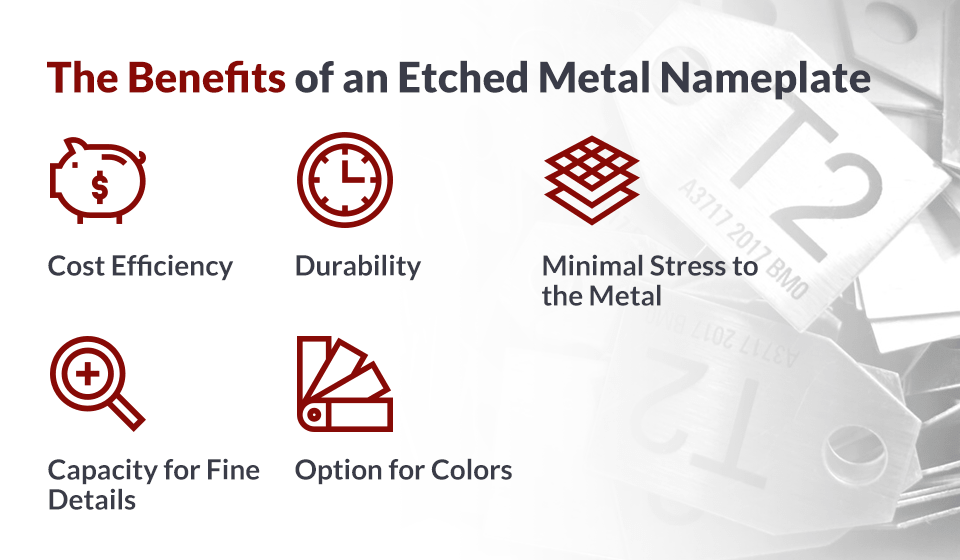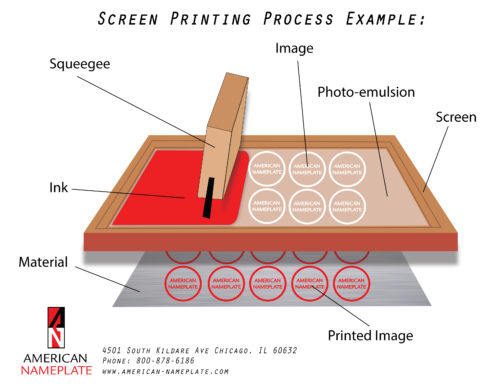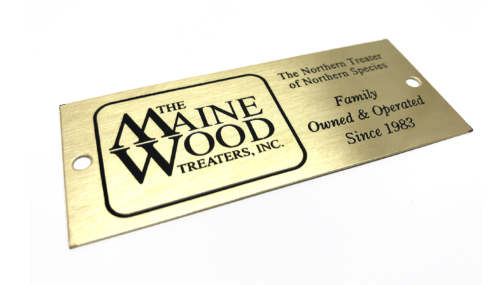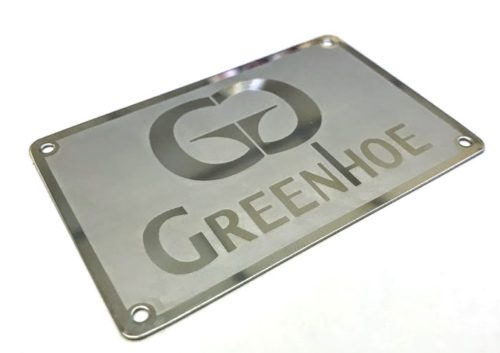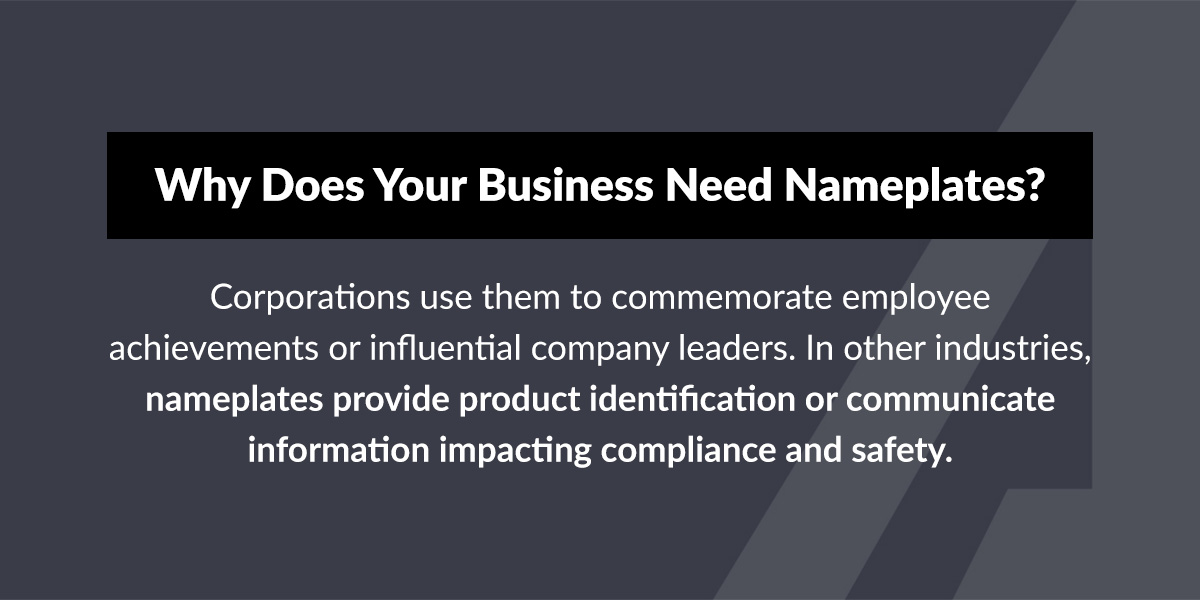What Is Mylar and Why Is It Used for Nameplates?
Mylar is a flexible material known for its transparency, tensile strength, dimensional and chemical stability, reflectivity, gas-blocking properties and ability to resist heat. Also referred to as biaxially-oriented polyethylene terephthalate (BoPET), mylar features stretched polyethylene terephthalate (PET) and is a member of the polyester film family.
Mylar started in the 1950s and is a registered trademark of the DuPont-Teijin Corporation. Some people use the word “mylar” generically to refer to polyester or plastic sheeting. In its proper form, mylar comes in polyester sheets or rolls, containing either a brite chrome, brushed chrome, clear typeable or white finish.
At American Nameplate, we use mylar in several different applications and focus on small to medium-sized runs. We can design and print any number of nameplates, including bar-coded nameplates and labels, domed labels, etched metal nameplates, flexible decals, screen-printed nameplates, tags and overlays, metal fabrication and specialty products.
What Is Mylar Used for?
You can find mylar in space blanket material, emergency blankets, foil balloons and other products. This material is ideal for several applications because of its tremendous flexibility, durability and strength. Some of the mylar applications include:
- Lamination: Mylar provides a unique protective coating when adhered to various materials.
- Archives and collectibles: Collectors use mylar to preserve valuable paper goods because of mylar’s ability to seal and protect against damage.
- Medical products: You can use mylar to package medical supplies. Test strips and X-Ray films also often contain this material.
- Labels and tags: Mylar’s durability makes it the perfect choice for labels that need to be strong and rugged.
- Nameplates: Mylar is ideal for nameplates that require chemical resistance and anti-abrasive properties because it is resistant to various chemicals and will not stain upon contact.
Printability is another core characteristic of mylar, making it the perfect material for products that require high-end graphics and shelf appeal. This material is also user-friendly with most types of adhesives, providing you with extended shelf life, high-end graphics and shelf appeal. This material is also user-friendly with most types of adhesives, providing you with an extended shelf life.
Mylar Nameplates and Labels
In addition to providing added durability, mylar can give plastic nameplates or labels a three-dimensional look and high-performance flexibility. Mylar’s resistance to oils and most other liquids makes it easy to clean. This material’s pliability and malleability mean mylar is ideal for showcasing almost any graphic style.
At American Nameplate, we can provide you with a mylar label with several process techniques, such as:
- Screen printing: This economical process creates custom graphics and colorful logos for your equipment, panels or other items. Our screen printing methods allow you to choose the material you want to print on.
- Digital printing: If your printing needs include intricate color designs with gradients, digitally printed nameplates are an excellent choice. This process allows you to print more unique designs, such as barcodes, QR codes and more.
- Doming: Having a custom domed nameplate, label or decals makes the final product shine with a 3D effect. These nameplates stand out, making them more visible in any environment.
You can use mylar for any nameplate regardless of the style or design, opening endless possibilities for your applications. Mylar also comes in various thicknesses, ranging from 0.001 to 0.010 inches, so you have additional choices in resilience and appearance. You also have the option of selecting your preferred finish from various coatings.
Mylar UL Approved Labels: What Are UL-Approved Labels?
Various household appliances and electronics require UL-approved labels. Items with specific warnings, safety details and electrical ratings should have a UL-compliant nameplate. These signs may inform how you store products and whether they can be exposed to weather or chemicals.
Some of the most common household appliances and electronics that have UL-recognized decals and nameplates include:
- Light bulbs
- Standing light fixtures
- Cooking equipment
- Control panels
- Office furniture
- Refrigerators
- Computers
- Generators
Why Choose Our UL-Authorized Nameplate Company
At American Nameplate, we design and print UL-classified nameplates for various appliances. Our team will discuss your mounting and environmental needs to recommend the best options for your decal.
Whether you’re choosing a domed label or the increasingly popular mylar UL-compliant labels, we’ll meet your requirements and design blueprint. No order quantity is too large, too small, too simple or too complex!
Get a Fast Turnaround Time
If your blueprints are flexible or you are unsure where to begin the process, we can help determine the best and most cost-efficient way to produce your design. Our regular delivery turnaround is typically to to three weeks.
If you’re looking to use mylar as the material for your nameplates or labels, American Nameplate is the perfect partner for your business. No order quantity is too large, too small, too simple or too complex! Choose American Nameplate as your trusted supplier. Contact us today to place an order or learn more about our services — we provide free quotes, and the price remains as-is for 30 days.





